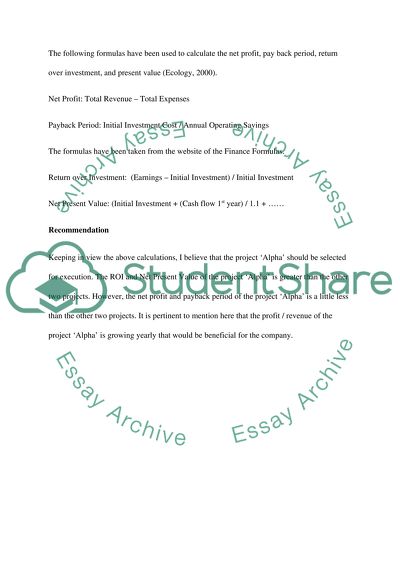Cite this document
(“Project Evaluation Essay Example | Topics and Well Written Essays - 2750 words”, n.d.)
Retrieved from https://studentshare.org/information-technology/1404007-project-management
Retrieved from https://studentshare.org/information-technology/1404007-project-management
(Project Evaluation Essay Example | Topics and Well Written Essays - 2750 Words)
https://studentshare.org/information-technology/1404007-project-management.
https://studentshare.org/information-technology/1404007-project-management.
“Project Evaluation Essay Example | Topics and Well Written Essays - 2750 Words”, n.d. https://studentshare.org/information-technology/1404007-project-management.


